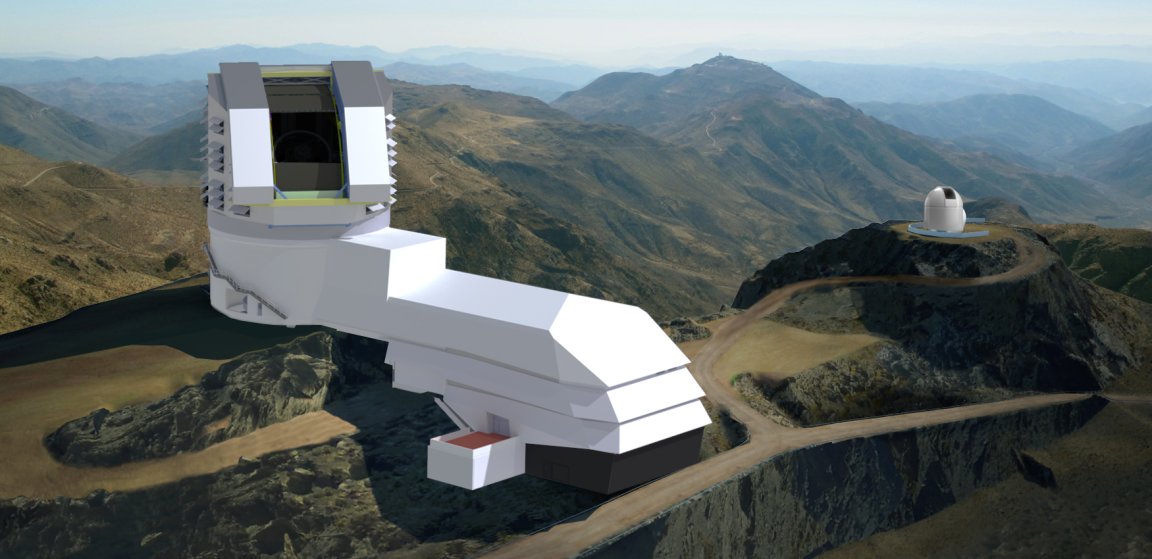
Large Synoptic Survey Telescope
Since the 1998 discovery that the universe is expanding, physicists have been searching for ways to account for dark energy, the placeholder-term for the unknown force behind this expansion. Nearly 20 years later, we still know very little bit about dark energy. Scientists from many institutions in 23 countries have since collaborated, and descended on the South-American nation of Chile to construct the Large Synoptic Survey Telescope (LSST), a megalithic digital camera is powerful enough to capture light from billions of faint galaxies millions of light years away.
This is of paramount importance, especially in view of the glaring discrepancy betwixt our map of the early universe and its present-day structure.
“All the existing telescopes with cameras were built before the discovery of dark energy,” Brookhaven National Laboratory Senior Scientist Paul O’Connor said to Atlas Obscura. “We expect the LSST to map the entire sky and find out where all that dark matter has been hiding.”

Gazing Into The Past
The LSST will survey as wide a swath of sky as possible, allowing us to study the mysteries of countless galaxies. Once the LSST goes online in 2020, it will repeatedly scan the sky for a decade. Across those approximately 3,000 nights, the telescope will capture every patch of the sky over and over again, about 1,000 times each. To Atlas Obscura, O’Conner commented that “We’re really going to be making a movie of the universe.”[infographic postid=”66353″][/infographic]
Once cosmologists have a look at this massive inter-galactic compendium, they hope to better understand what dark energy is how it works, and the greater secrets of the expanding universe. It’s critical to note that this data may actually transform the entire field of physics. We still know very little about dark matter and dark energy, and this is no surprise: according to the Dark Energy Task Force, “The acceleration of the Universe is, along with dark matter, the observed phenomenon that most directly demonstrates that our theories of fundamental particles and gravity are either incorrect or incomplete.”
By feasting on the light of distant galaxies and learning what makes them move the way they do, LSST may help scientists finally unveil fundamental principles about the nature of matter, space, time — even the cosmos itself.